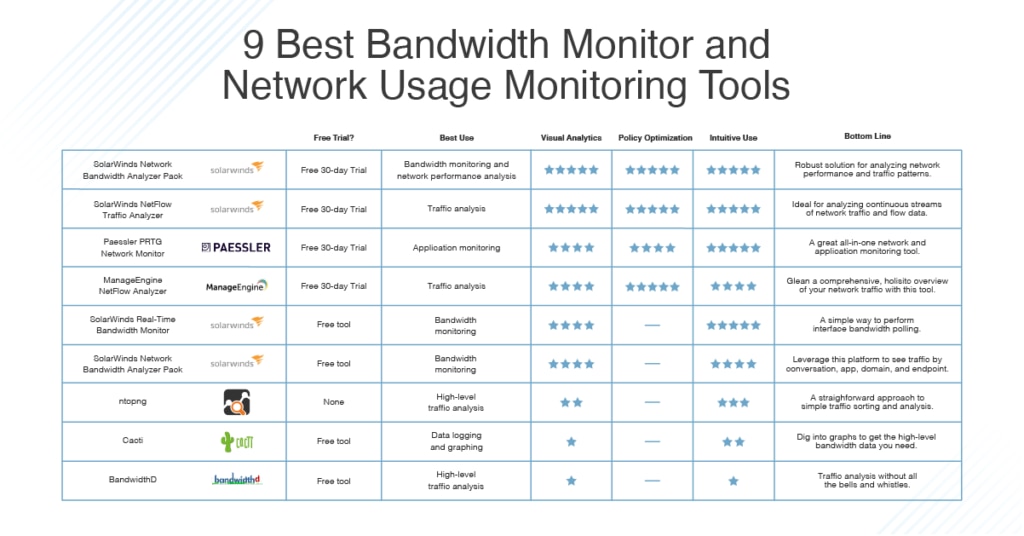
- APACHE DIRECTORY STUDIO SCRIPT TO ADD USERS HOW TO
- APACHE DIRECTORY STUDIO SCRIPT TO ADD USERS PASSWORD
- APACHE DIRECTORY STUDIO SCRIPT TO ADD USERS WINDOWS
Watching paint dry could be fun if I had a bag of ANZAC biscuits and a pot of Darjeeling tea. I am not really good at using them, but I think I should be able to use them to find users that are missing a value for a particular attribute, and then supply a default value for it.
APACHE DIRECTORY STUDIO SCRIPT TO ADD USERS WINDOWS
One reason we upgraded to Windows Server 2008 R2 was to gain access to the Active Directory cmdlets. Hey, Scripting Guy! Watching you write a custom function to search Active Directory is about as much fun as watching paint dry.
APACHE DIRECTORY STUDIO SCRIPT TO ADD USERS HOW TO
Let’s take a look at their details by running Get-ADUser cmdlet again: Get-ADUser E.Summary: Learn how to use Windows PowerShell and the Active Directory cmdlets to update user objects in Active Directory. AccountPassword (convertto-securestring $Password -AsPlainText -Force)Īfter script execution, we have two new users, Edward Franklin and Bill Jackson, in our Active Directory domain: #Account will be created in the OU listed in the $OU variable in the CSV file don’t forget to change the domain name in the"-UserPrincipalName" variable #If a user does not exist then create a new user account Write-Warning "A user account $Username has already exist in Active Directory." #If user does exist, output a warning message #Check if the user account already exists in AD $ADUsers = Import-csv C:\scripts\newusers.csv
APACHE DIRECTORY STUDIO SCRIPT TO ADD USERS PASSWORD
The “Reset password at the next logon” option will be enabled for the new accounts, so you can use your default password: #Enter a path to your import CSV file The following script will create enabled user objects for any users in the CSV that don’t already have accounts in AD. The CSV file must be in UTF8 encoding and contain contact data that looks like this: This option is great when you have a list of users with predefined personal details such as:




User must reset the password at the first logon.Account is a member of Domain Users group.Account is created in the “Users” container.How to get an Active Directory user permissions reportĬreate a New Active Directory User Account with PasswordĪccounts are created with the following default properties:.How to disable inactive user accounts using PowerShell.


 0 kommentar(er)
0 kommentar(er)
